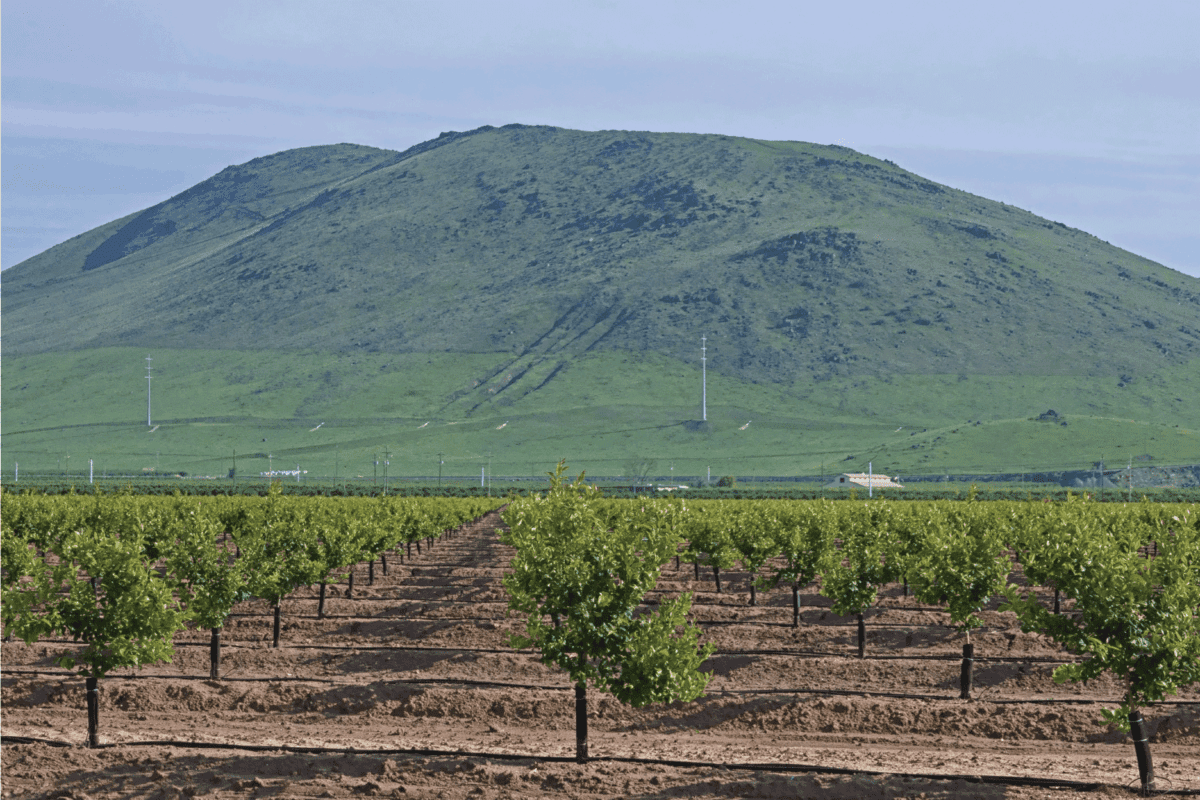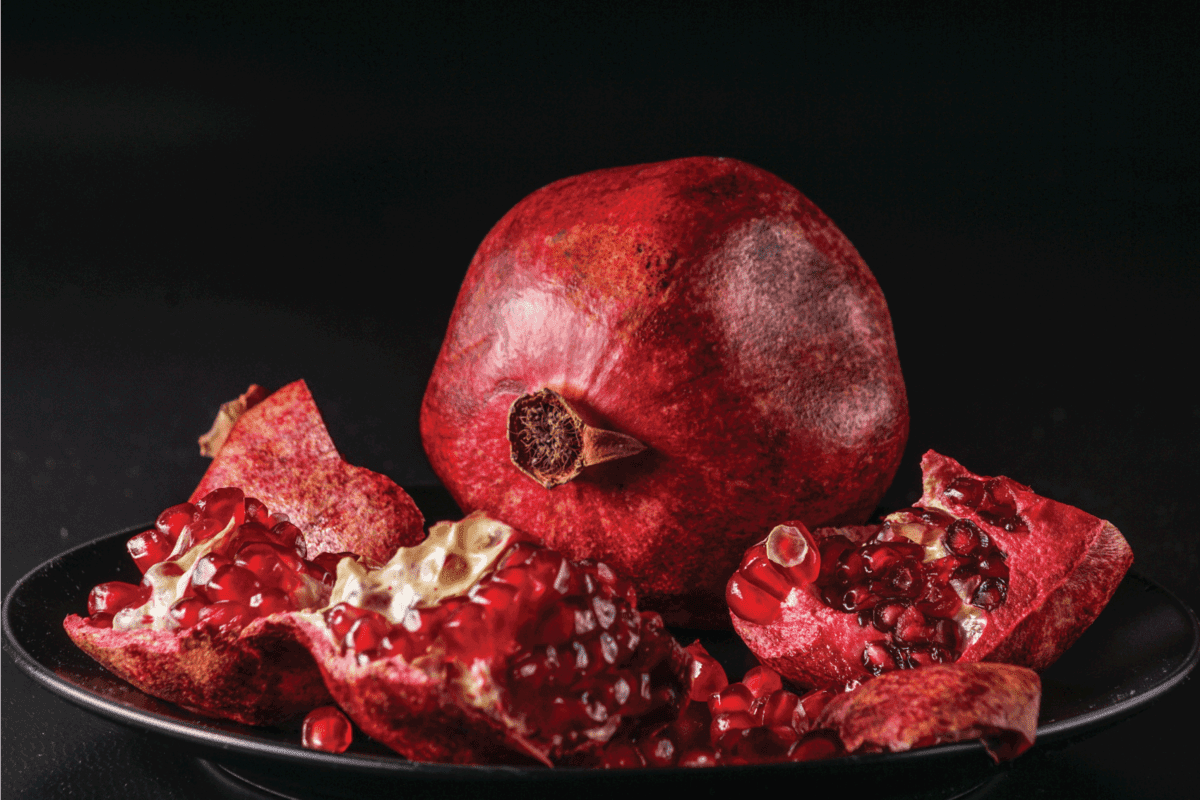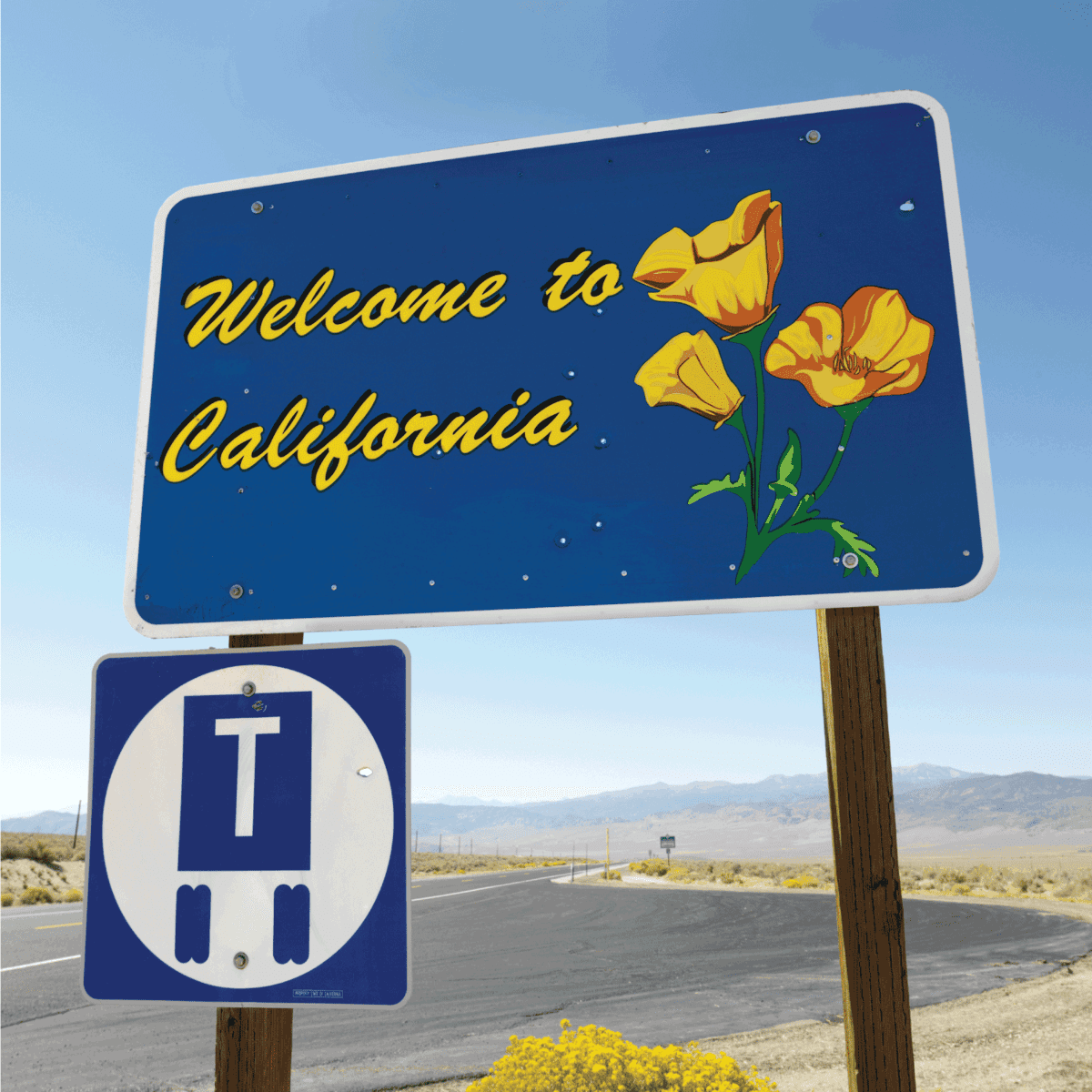Understanding your tree's needs can sometimes feel like an impossible task. Do you have a few fruit-producing trees growing in your garden but don't know when to fertilize them? Do you live in California (north or south) and can't find the answer?
Well, we've done some digging and have this information below. Let's discuss.
In general, the best time to fertilize a fruit tree in California is between late February and March.
However, if you're in northern California, you may want to fertilize according to the February-March schedule, while southern residents can do this before the winter in August-September.
Considering your location can affect when the fruit trees in your garden grow, everyone will be a little different.
As we begin, we will cover all things California fruit trees and discuss when to fertilize them. Whether you're in the northern tip of California, in the middle, or towards the border, we're here to help. With that said, let's dive right into this topic!
![gardener hand holding an orange and checking quality of orange. When To Fertilize Fruit Trees In California [Inc. Northern And Southern]](https://gardentabs.com/wp-content/uploads/2022/08/gardener-hand-holding-an-orange-and-checking-quality.-When-To-Fertilize-Fruit-Trees-In-California-Inc.-Northern-And-Southern.png)
When Should You Fertilize Fruit Trees In California?
You often want to fertilize a California fruit tree in late February through March. This is because your tree will grow back after its winter slow-down or dormancy.
That said, depending on where you are in California, you could have a slightly different timeframe. For example, those in the north will have to wait until the weather warms up.
However, anyone living in the south can usually fertilize towards late fall or in the early spring. You have more options if your winters are milder.
Of course, if this year's winter was intense in northern or southern California, you'll need to wait until the temperatures rise and stay warm before feeding your trees.
It's also worth noting that most deciduous fruit trees don't require much fertilizer at all, so keep that in mind.

Do Northern And Southern California Have Different Climates?
Yes, one thing to remember when growing fruit trees is that northern and southern California is a bit different climate-wise.
For those in the north, you can expect colder winters and "moderately oceanic" temperatures throughout the year. In contrast, those in southern California will have warmer weather year-round.
That can play a significant role in your fertilizing timeline.
In addition, further inland northern California residents will notice more Continental climates, meaning their summers might be hot and winters very cold.
Generally, the closer to the water you are, the more moderate the weather will be, so that's another factor to consider.
Can You Grow Fruit Trees In Northern California?
Although it can get colder than southern California, northern parts of the state have become increasingly popular for growing fruit trees.
Specifically, Asian and Mediterranean fruiting trees are prevalent in the state's northern region.
Of course, you can also grow common fruit trees in northern California, like apple, pear, and citrus. However, you will have to wait to feed them until the spring, so that can put a damper on early fruiting plans.
One positive aspect of growing fruit trees in NorCal is that the temperatures will remain moderate through the summers.
You will also find that certain varieties of fruit trees prefer these cooler year-round temperatures, so in that way, northern regions take the crown.
Is It Easier To Grow Fruit Trees In Southern California?
Depending on the fruit tree you're growing, southern California can be a better option. As mentioned above, northern California is colder than southern areas, which isn't always suitable for some fruiting plants.
Considering that most produce and agriculture as a whole take place in SoCal, it's safe to assume your fruit trees will prefer this environment.
Notably, growing pomegranate trees are one of the easiest choices for southern California, as well as citrus and countless others.
However, parts of southern California can be more desert than subtropical, affecting the types of fruiting trees you can grow.
For example, you won't likely see success growing an apple tree in the middle of Palm Springs: instead, you should grow one towards the bay area.
This depends on the fruit tree, its preferences, and your year-round weather.
Perfect Plants Pomegranate Tree
This tree comes in a one-gallon container, is deciduous, prefers a subtropical/tropical location, will bloom in the spring, and comes from a small business.
Follow this link to view it on Amazon.

What Is The Best Fruit Tree To Grow In California?
For those wanting to grow their own fruit tree in California, you have plenty of choices. We recommend growing persimmons, figs, and pomegranates if you're in the bay area (near San Diego).
If you're in northern California, we recommend planting figs, plums, and apples.
Of course, you can also grow citrus trees throughout California, although they will have different fertilization periods.
The unique thing about this state is the weather. Even in colder regions, California won't usually become freezing. Therefore, growing a fruiting tree isn't a difficult task to take on.
Can I Plant Any Fruit Tree In California?
As long as the tree you plant agrees with the weather, it should grow in California. As we mentioned, California tends to be a hub for agriculture due to its beautiful weather.
In addition, some fruit trees prefer warmer ecosystems, while others like the cold.
Therefore, it's not impossible to see some trees handle one section of the state better than others. You might be able to grow non-native varieties in milder zones, so again, this all comes down to location.
Think of southern California as more of a Mediterranean climate. In contrast, northern California will be more oceanic, meaning it gets cold in the winter and stays moderate throughout the year.
Southern California also doesn't experience a traditional winter or fall. Most times, evergreen and deciduous plants don't lose their foliage as the weather cools because it's such a slight change.
Again, that's not to say your fruit tree won't slow down towards wintertime, but those in SoCal, expect a higher chance of year-round growth.
Do I Have To Fertilize My Fruit Tree?
Unless your fruit tree isn't growing as quickly as you want, you don't always need to fertilize them. Typically, fruit trees will be fine without additional products, so this can be hit or miss.
If you want to fertilize, we recommend applying a balanced 10-10-10 formula or targeting fruit trees specifically. You also want to find products that are rich in nitrogen, as it benefits fruiting plants.
It's also worth mentioning that depending on the weather; you might want to wait on fertilizing. For example, someone in northern California won't need to feed their tree in the late fall but in the spring once the weather gets warm.
Again, someone in southern California might want to give their fruit tree a small fertilizing towards August or September, or even in the spring.
This will be different for every gardener.
Does Fertilizing A Fruit Tree Make It Produce More Fruit?
Applying a nitrogen-rich fertilizer can get the ball rolling depending on how old your fruit tree is and its current health. However, as we said, not all fruiting trees require fertilizer.
According to Iowa State University, fertilizing a fruit tree will stimulate foliar growth but could increase the chances of your tree developing a disease or root issue.
Furthermore, fertilizing a fruit tree can lead to softer fruit, which means you'll have to sell/consume it faster than usual.
In general, feeding a fruit tree won't necessarily make it produce more fruit, but it could help with the size and quality.
It's also possible for the opposite to happen, so doing this excessively can harm your tree.
Farmer's Secret - Fruit & Bloom Booster
This fertilizer works for fruiting trees and shrubs, has nutrients like nitrogen, zinc, and iron, has a liquid formula, encourages strong roots and foliar growth, and comes in a 16-ounce bottle.
Check out this plant food on Amazon.

Which State Is Best For Growing Fruit Trees?
For anyone not in California wanting to grow a fruit tree, plenty of states also produce massive amounts of agriculture/fruiting plants.
According to a list by Growing Produce, the top ten US states for growing fruit trees are:
- California
- Washington
- Florida
- Arizona
- Georgia
- Oregon
- Michigan
- North Carolina
- New York
- Texas
Of course, California comes in at number one, but that's not to snub any of the other locations listed. In general, warmer, more moderate states (climate-wise) produce the most fruit, so the weather is the biggest factor here.
Washington is close to California, as is Oregon, Arizona, and Texas, so that region seems to be a great option for growing and producing fruit trees.
You also want to remember that not every fruit tree likes warm winters and vice versa. We recommend checking the growing instructions with your tree before planting it to ensure it survives.
![Gardener hand picking green apple. When To Fertilize Fruit Trees In California [Inc. Northern And Southern]](https://gardentabs.com/wp-content/uploads/2022/08/Gardener-hand-picking-green-apple.-When-To-Fertilize-Fruit-Trees-In-California-Inc.-Northern-And-Southern.png)
To Finish It Up
Whether you want to grow a fruit tree or have one in your garden, it's always good to understand regional weather. From what we found, California is the perfect place to grow fruit, although its northern and southern regions vary slightly in terms of climate.
The bay area will generally be the best place for fruiting trees. However, many fruit trees, like apples, love the moderate year-round weather in northern California and don't mind the cold.
Remember, every tree is different. With that said, enjoy growing your fruit tree!
Made it this far? Check out these helpful related garden posts below:
How Deep Should A Fruit Tree Be Planted?
15 Fruit Trees You Can Grow In Pots At Home
Can Magnolia Trees Bloom Twice A Year? [Including In Florida, Texas, And California]
![When To Fertilize Fruit Trees In California [Inc. Northern And Southern]](https://gardentabs.com/wp-content/uploads/2023/12/When-To-Fertilize-Fruit-Trees-In-California-Inc.-Northern-And-Southern-800x1200.jpg)


